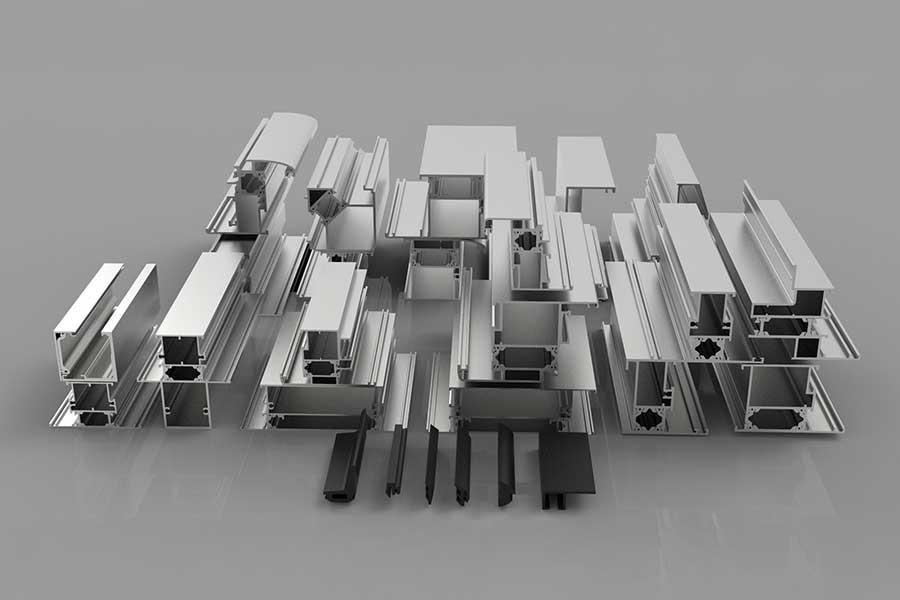
Metal profiles are widely used for structural and functional purposes in various industries. The production of these profiles is carried out with roll forming lines that require high precision and efficiency. C-type, U-type, Z-type and solar panel profiles have an important place especially in the construction, automotive, energy and manufacturing sectors. Here is detailed information about the roll form lines used in the production of these profiles:
What is Roll Forming Line?
A roll forming line is a production line that enables metal sheets to be converted into desired profiles in a continuous process. This line consists of forming rolls in successive assemblies. The metal sheets move between these rolls, taking the desired profile. Roll forming lines have the capacity to produce at high speed and in large quantities.
Roll Forming Lines Used in the Production of C Type Profiles
1. Uses: C-type profiles are generally used in structural applications. It is preferred as a carrier element, especially in roof and wall systems.
2. Production Process: The production of C-type profiles begins with the board being fed first and then moving through the forming rolls. Each roll gives the sheet a specific shape, forming the C shape. In the last stage, the profile is cut and cut into pieces of the desired length.
Roll Forming Lines Used in the Production of U Type Profiles
1. Uses: U-type profiles are used in the construction of steel constructions in the construction industry, door and window frames, shelving systems and various support structures.
2. Production Process: U-type profiles are produced by advancing metal sheets between forming rolls. These rolls bend the sheet at certain angles and form a U shape. Precision is of great importance in the production process, because the profiles must be in the right dimensions.
Roll Forming Lines Used in the Production of Z Type Profiles
1. Uses: Z-type profiles are used as load-bearing elements, especially for large structures such as warehouses, factories, gymnasiums. It is also preferred in roof systems in order to carry wind loads and provide structural strength.
2. Production Process: Z-type profiles are produced by first advancing the sheet between the forming rolls. These rolls bend the sheet at certain angles, forming the Z shape. The production process is precisely managed so that the profile is smooth and durable.
Roll Forming Lines Used in the Production of Profiles Used in Solar Panels
1. Uses: Solar panel profiles are used to support and mount panels in solar energy systems. These profiles ensure that the solar panels are properly placed and secured.
2. Production Process: Solar panel profiles are produced by advancing metal sheets between forming rolls. In this process, high precision and quality control are important so that the profiles are robust and durable. The surface coatings of the profiles make them resistant to corrosion.
Advantages of Roll Forming Line
1. High Efficiency: Roll forming lines have the capacity to produce a large amount of profiles in a short period of time. This is an ideal solution for mass production and reduces unit costs.
2. High Precision: All profiles are manufactured with specifications that are quite similar to each other, resulting in high quality and consistency.
3. Flexibility: The ability to produce products with different profiles and sizes increases the flexibility of the production process.
4. Automation: A large part of the production process can be automated, which increases occupational safety and efficiency.
Result
C type, U type, Z type and solar panel profiles are important building elements produced with roll form lines. The roll forming lines used in the production of these profiles provide high efficiency, precision and flexibility. With regular maintenance and the use of quality materials, long-lasting and trouble-free operation of these lines can be ensured. Roll forming lines are an indispensable part of modern production technology and play a major role in industrial production.